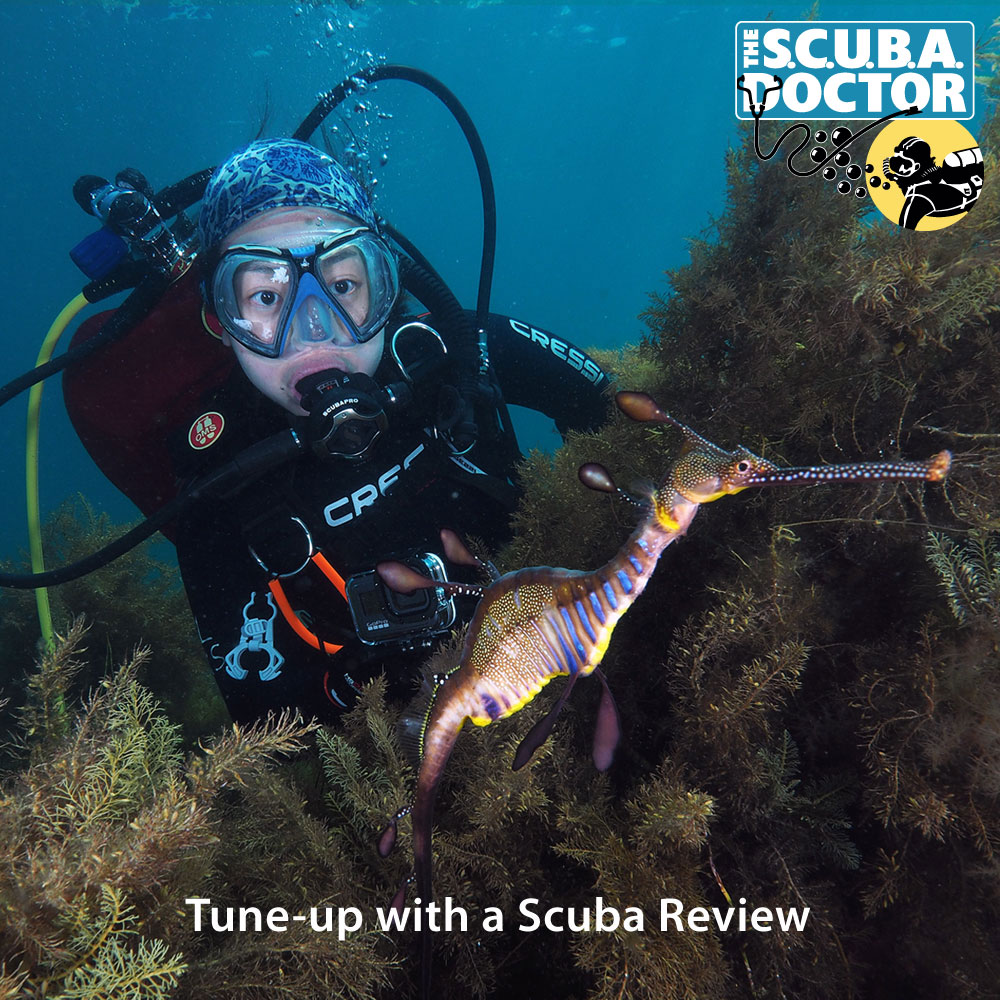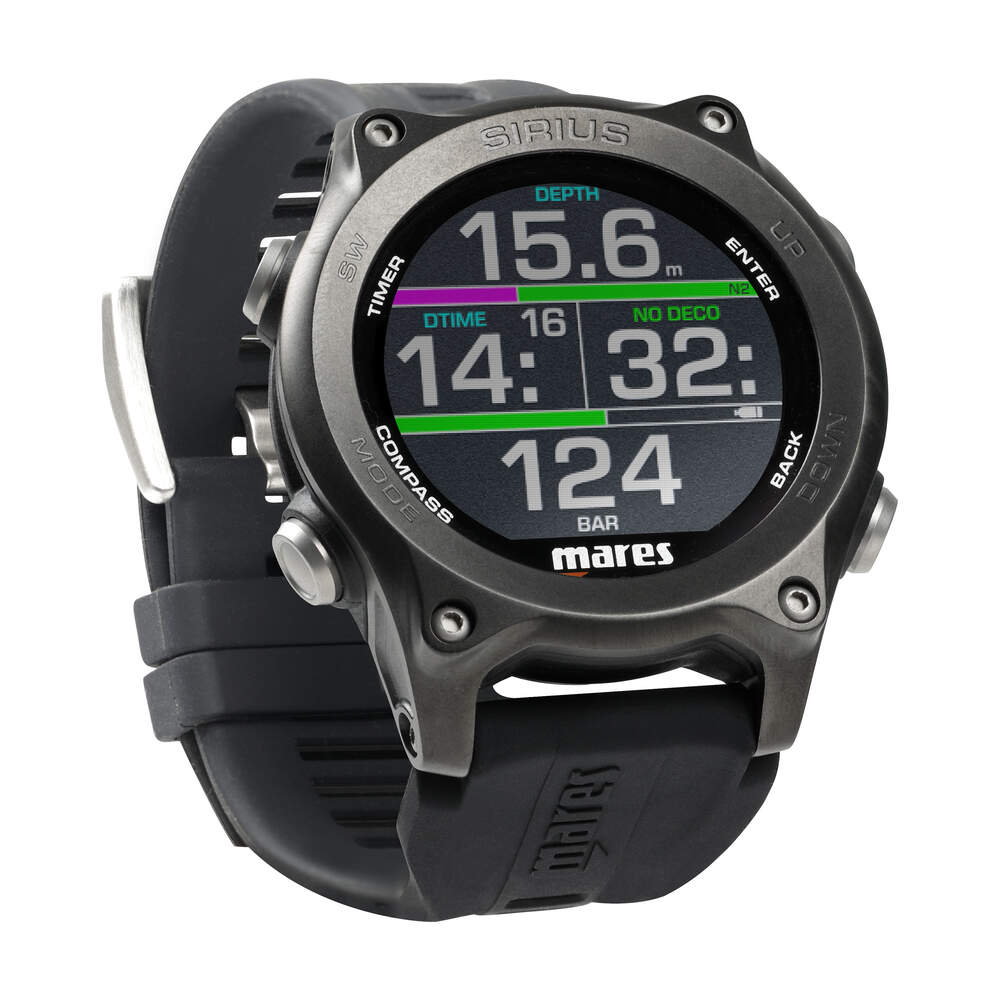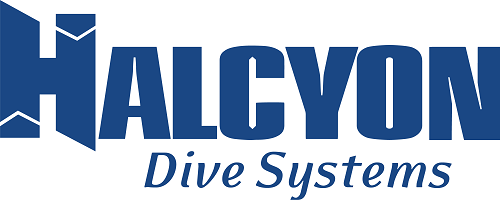Navigation
The Miflex Low Pressure (LP) BCD/Inflator/Jacket Carbon Black colour hoses are supplied fitted with a standard Seatec style fitting, with an internal Schraider type valve and a 3/8" UNF male thread (to connect to the 1st stage regulator). There is a range of standard sizes to suit your requirements.
These hoses are suitable for the majority of BCD and Jacket connections, plus dry suit inflator connections, where a standard quick release coupler is utilised. But there are some fittings that require a different Quick Disconnect fitting. These we accommodate in our range with the use of adaptors that can be fitted to our regulator hoses (to convert them to an inflator hose).
Napier
![]() Wreck Dive |
Wreck Dive | ![]() Shore access
Shore access
![]()
![]()
![]()
Wooden Steamer | Max Depth: 8 m (26 ft)
The steamship Napier was engaged to salvage the wreck of the Loch Ard, but came to grief while entering Port Campbell Bay on Victoria's Shipwreck Coast.
See WillyWeather (Port Campbell Bay) as a guide for the tide times and the height of the tide.
{{southern-ocean-warning}}Napier History
The Napier was built in 1874 by Abraham Graham at Goolwa, South Australia, with iron frames, wooden planks, carvel built and schonner rigged on two masts. A 25 nhp steeple engine drove twin propellers. The vessel measured 120.6 ft (37 m) in length, with a 17 ft (5.18 m) beam, 8.6 ft (2.62 m) in depth, of 132 gross tons.
The Napier spent much of its early years in South Australian waters.
Napier Sinking
The Napier was being contracted to undertake salvage on the wreck of the Loch Ard. While returning to Port Campbell from the Loch Ard the Napier lost sternway while rounding the eastern reef and bluff of Port Campbell Bay. Swell forced it onto rocks on the western side of the cove where the Napier sunk on 16 September 1878.
The remains of the Napier could be seen for many years lying under the cliffs opposite the Port Campbell Jetty.
See also, west-coast-shipwreck-trail,
Heritage Council Victoria: PS Napier, and
Australian National Shipwreck Database: PS Napier.
Heritage Warning: Any shipwreck or shipwreck relic that is 75 years or older is protected by legislation. Other items of maritime heritage 75 years or older are also protected by legislation. Activities such as digging for bottles, coins or other artefacts that involve the disturbance of archaeological sites may be in breach of the legislation, and penalties may apply. The legislation requires the mandatory reporting to Heritage Victoria as soon as practicable of any archaeological site that is identified. See Maritime heritage. Anyone with information about looting or stolen artefacts should call Heritage Victoria on (03) 7022 6390, or send an email to heritage.victoria@delwp.vic.gov.au.
Traditional Owners — This dive site is in the traditional Country of the Eastern Maar people of south-western Victoria between the Shaw and Eumerella Rivers and from Yambuk in the south to beyond Lake Linlithgow in the north. This truly ancient Country extends as far north as Ararat and encompasses the coastal townships of Port Fairy in the west, Warrnambool, Peterborough, Port Campbell, Apollo Bay, Lorne, and Airies Inlet in the east, including the Great Ocean Road area. It also stretches 100 metres out to sea from low tide and therefore includes the iconic Twelve Apostles. "Eastern Maar" is a name adopted by the people who identify as Maar, Eastern Gunditjmara, Tjap Wurrung, Peek Whurrong, Kirrae Whurrung, Kuurn Kopan Noot and/or Yarro waetch (Tooram Tribe) amongst others. We wish to acknowledge the Eastern Maar as Traditional Owners. We pay respect to their Ancestors and their Elders, past, present and emerging.
Napier Location Map
Latitude: 38° 37.248′ S (38.620803° S / 38° 37′ 14.89″ S)
Longitude: 142° 59.376′ E (142.989599° E / 142° 59′ 22.56″ E)
Datum: WGS84 |
Google Map
| Get directions
Added: 2021-05-28 19:39:55 GMT, Last updated: 2022-05-23 20:15:35 GMT
Source: Google Earth
Nearest Neighbour: Port Campbell Jetty, 177 m, bearing 98°, E
Built: Goolwa, South Australia, 1874.
Sunk: 16 September 1878.
Port Campbell Bay, Shipwreck Coast.
Depth: 8 m.
[ Top ]
DISCLAIMER: No claim is made by The Scuba Doctor as to the accuracy of the dive site coordinates listed here. Should anyone decide to use these GPS marks to locate and dive on a site, they do so entirely at their own risk. Always verify against other sources.
The marks come from numerous sources including commercial operators, independent dive clubs, reference works, and active divers. Some are known to be accurate, while others may not be. Some GPS marks may even have come from maps using the AGD66 datum, and thus may need be converted to the WGS84 datum. To distinguish between the possible accuracy of the dive site marks, we've tried to give each mark a source of GPS, Google Earth, or unknown.
Copyright © 2005-2022 by The Scuba Doctor Australia, ABN 88 116 755 170. All rights reserved.
tel. +61 3 5985 1700 :: email. diveshop@scubadoctor.com.au :: Web site by it'sTechnical 2022

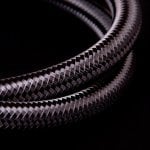

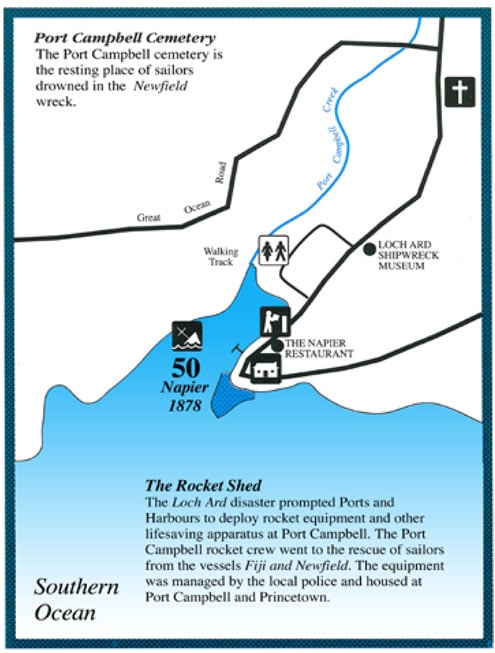
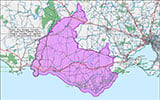



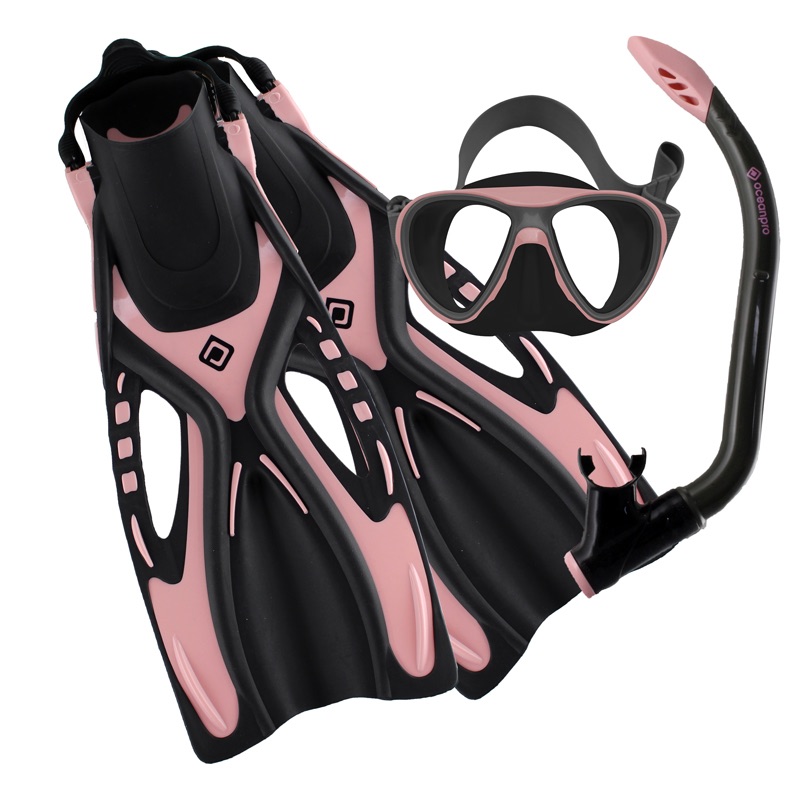







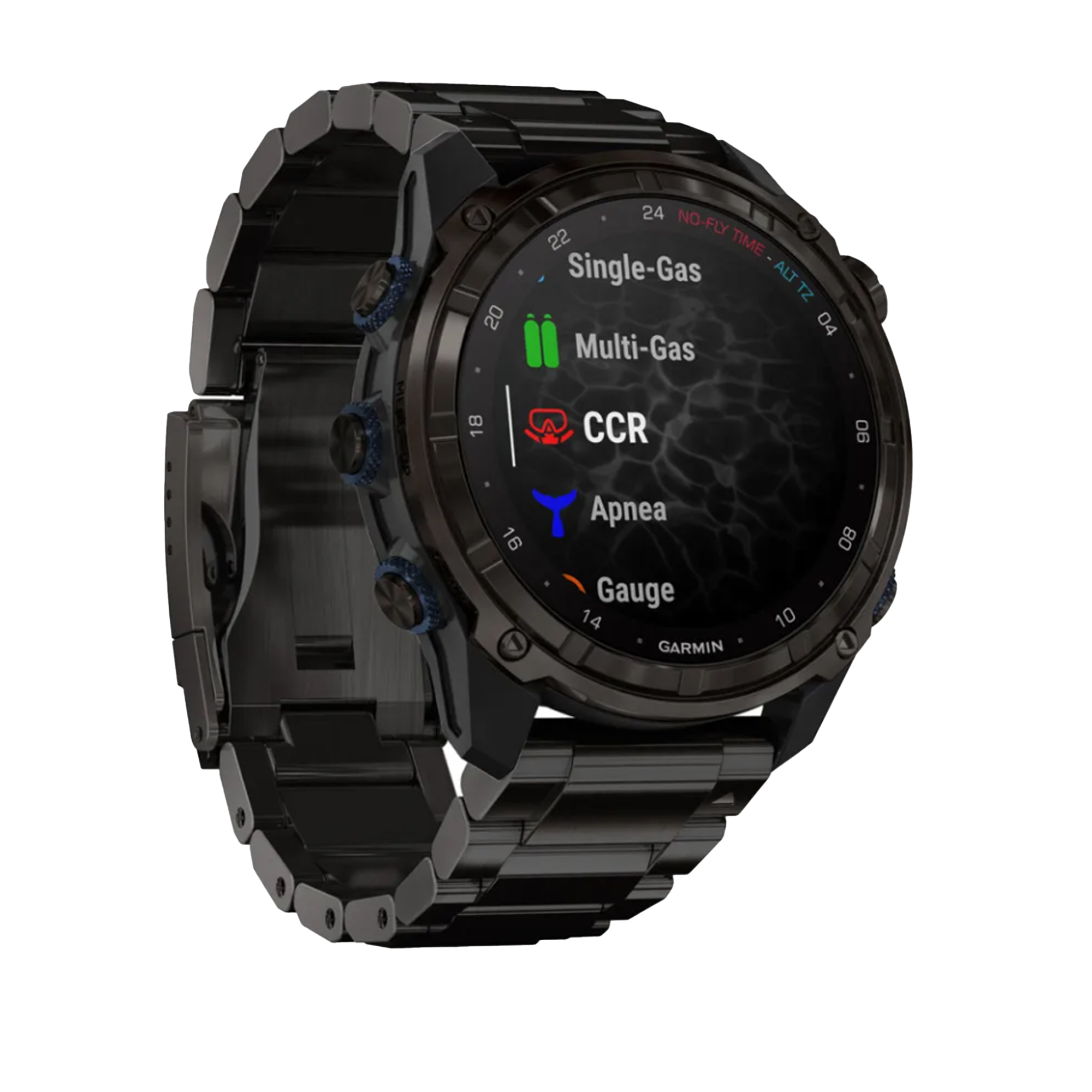
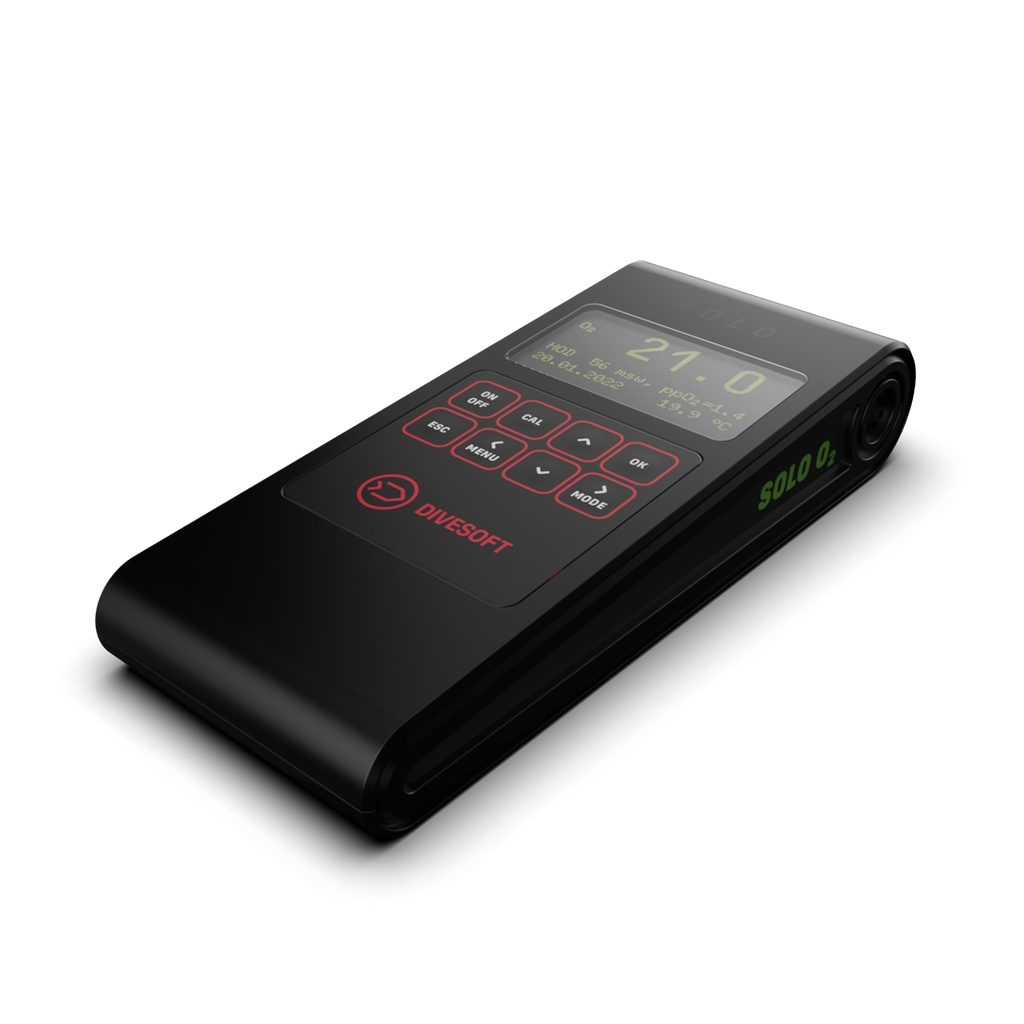
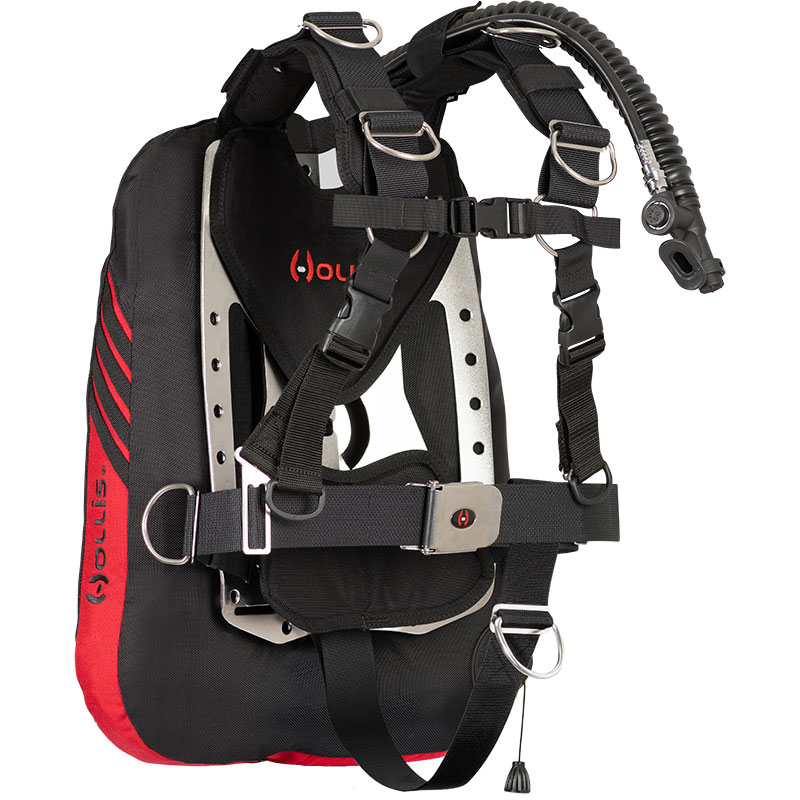
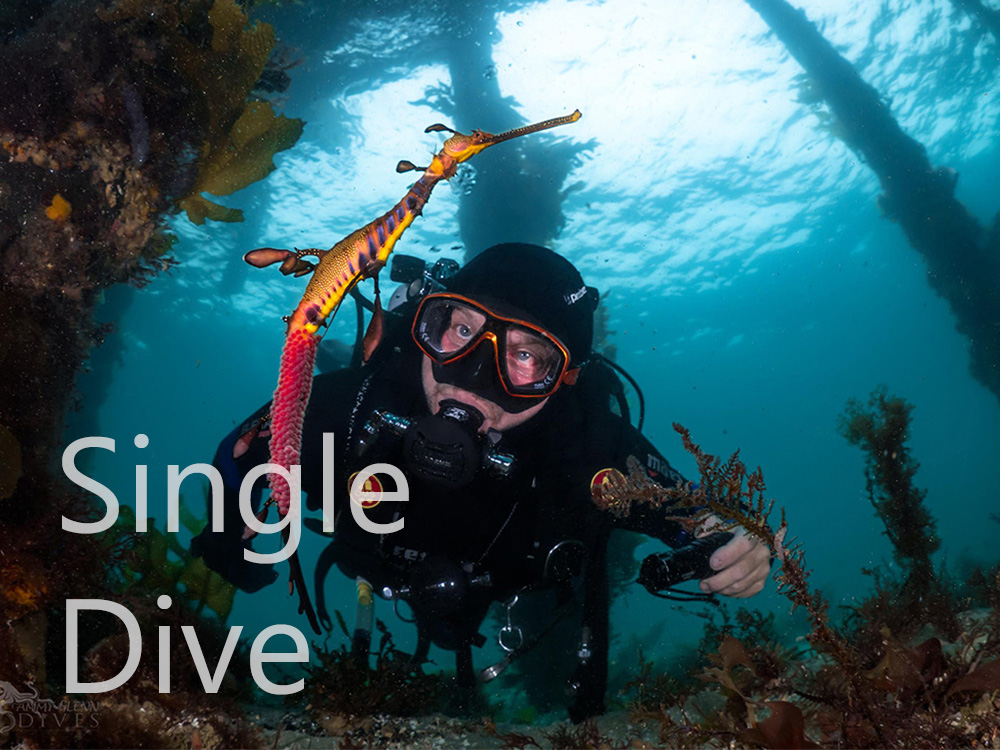
![Halcyon Infinity 30lb System [SS Small Backplate] Halcyon Infinity 30lb System [SS Small Backplate]](/diveshop/images/halcyon/Halcyon-Evolve-Wing.jpg)

